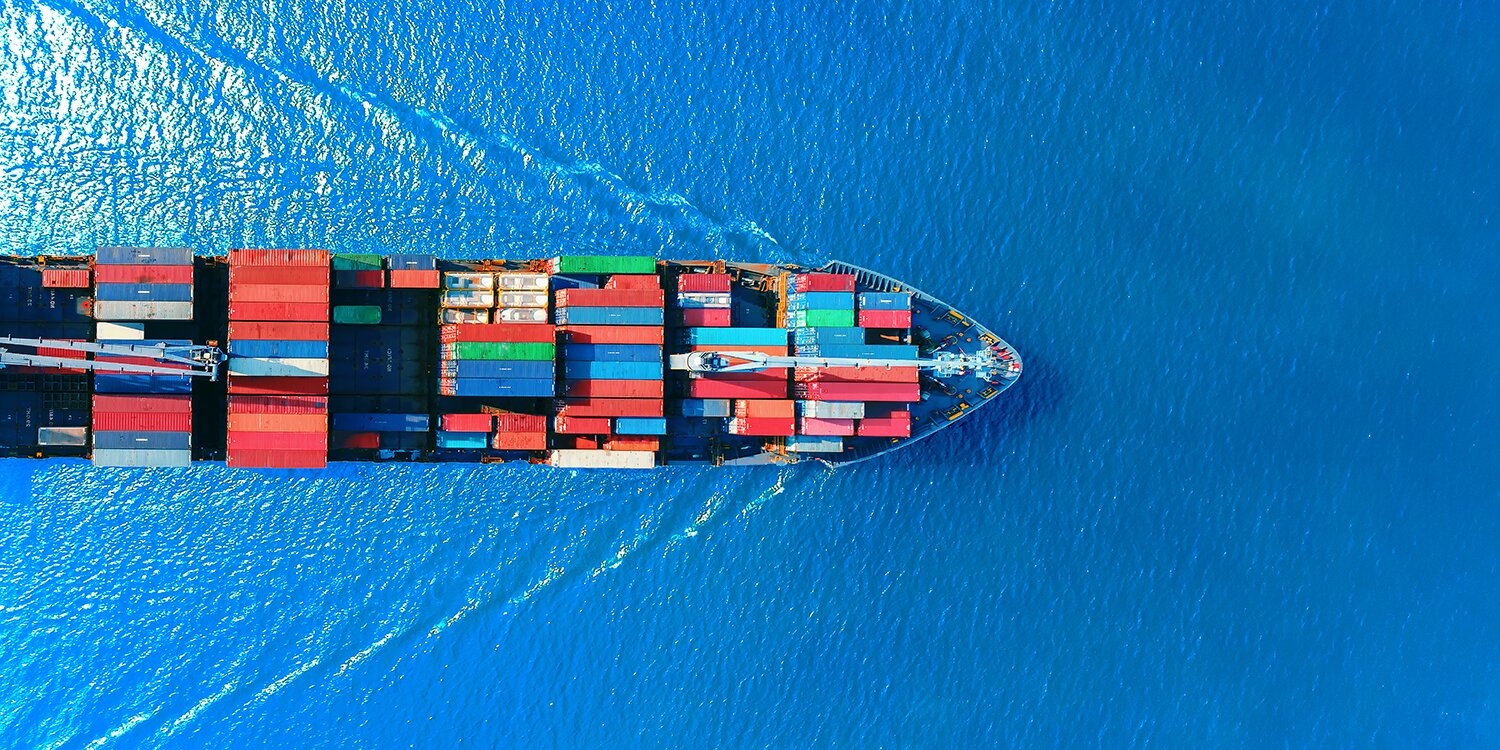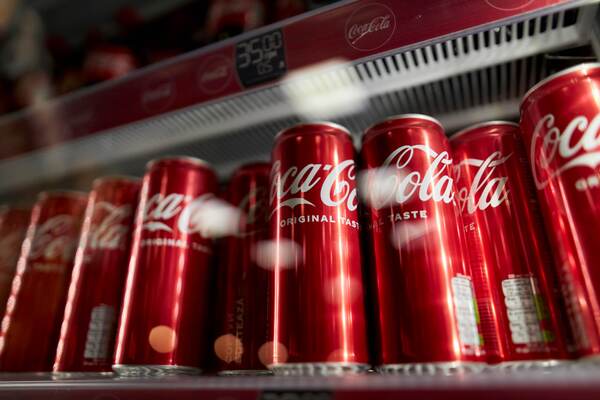Wake-up call: the reasons behind the rise in food prices
A myriad of factors pushing food prices upwards are sending shockwaves that are being felt around the world, says Oliver Hall
There are a wide-ranging number of reasons why we are experiencing such significant food inflation. Our global food supply chain comes with input cost factors that originate far beyond these shores.
The Food and Agriculture Organization’s food price index, which tracks globally traded food commodities, rose to an all-time high in February 2022, up a staggering 20.7% year-on-year. The UK consumer price index (CPI) food inflation stood at 5.1% in February. But what are the factors that are influencing this rise?
Covid-19
The chancellor has stated that the UK has experienced its “biggest economic shock for 350 years”, and this will be felt for some time. The past two years brought uncertainty and increased operational costs, which are now being passed on.
Shipping
The Baltic Dry Index (a measure for shipping costs) is still significantly above the five-year average. Higher input costs of shipping food are reflected in the eventual price.
Energy
Global energy costs have soared. In February’s Monetary Policy Report, the Bank of England put sterling oil prices at 90% higher than late 2020; UK wholesale gas and electricity prices have also rocketed.
Geopolitical
The invasion of Ukraine has caused an abhorrent loss of life. It has also had significant consequences for food prices:
- There are continued energy cost implications. Europe’s dependence on Russian supply is affected by tensions and economic sanctions from the West.
- Russia and Ukraine account for almost 30% of wheat exports globally. There are market forecasts suggesting that volumes this year could be half the five-year average. This shortfall creates higher prices, and do not underestimate the inflationary knock-on effect on other commodity staples too, such as increased demand for rice, potato and maize.
- Russia controls 45% of global white fish supply.
- Combined, Ukraine and Russia account for 80% of sunflower oil traded.
- And along with Belarus, they are key global fertiliser producers. A shortage of fertiliser is likely to result in reduced crop yields.
Labour shortages
Andrew Opie, director at the British Retail Consortium, stated that if labour shortages were not resolved in the near future, “We will start to see production being lost from the UK and being offshored, and then imported back into the UK.”
Weather
Weather conditions are critical to food quality and pricing. This year saw La Niña (a phenomenon that sees sea surface temperatures in the central Pacific Ocean fall by 3-5°C) for the second consecutive year. The last time we saw consecutive La Niña cycles we also experienced double-digit food inflation.
Avian influenza
The UK and EU are experiencing an outbreak of bird flu (HPAI). Free-range eggs have been restricted and thousands of birds culled.
Supply disruption
There are numerous factors at play here – the collapse of EU groupage (transporting mixed goods in a container), inadequate port and warehouse capacity and asymmetric EU import controls. A lack of trade deals or cross-government strategy are also generating strain.
What’s next?
The Bank of England has revised its projections upwards, predicting that inflation will peak at 8% in the coming months; analyst EY suggests closer to 9%. A double inflation peak is forecast, with further upward pressures expected this autumn as energy price rises again and the full impact of harvest yields globally, and more specifically in Ukraine and Russia, are known.
Unfortunately, food inflation will be with us for some time – the end of 2022 could see 6% for general CPI inflation, easing back in 2023.
Oliver Hall is managing director at food procurement company Allmanhall
Photo: Studio concept/Shutterstock.com




















